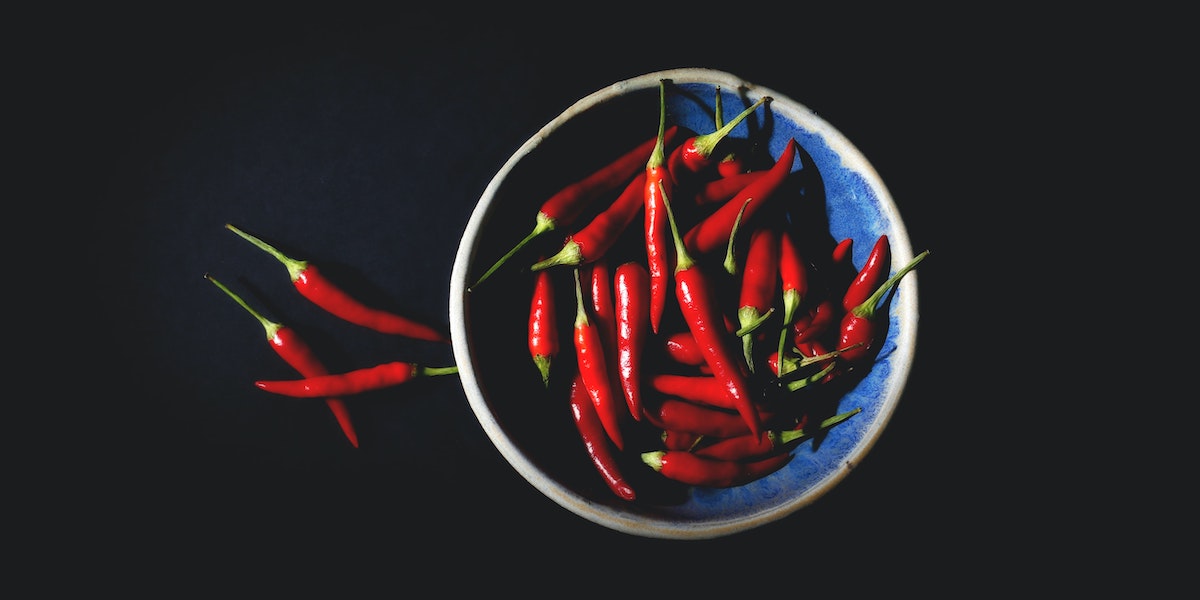Paul Bloom is Professor of Psychology at University of Toronto, and the Brooks and Suzanne Ragen Professor Emeritus of Psychology at Yale University. His research explores the psychology of morality, identity, and pleasure.
Below, Paul shares a key insight from his new book, The Sweet Spot: The Pleasures of Suffering and the Search for Meaning. To check out a “Book Bite” summary of the book, prepared and read by Paul himself, download the Next Big Idea App today.
The simplest theory of human nature is that we pursue pleasure and comfort. We hope to make it through life unscathed. Suffering and pain are, by their very nature, to be avoided. The tidying guru Marie Kondo became rich and famous by telling people to throw away possessions that don’t “spark joy,” and many would see such purging as excellent life advice in general. But under the right circumstances and in the right doses, physical pain and emotional pain, difficulty and failure and loss, are exactly what we are looking for.
Think about your own favorite type of negative experience. Maybe you go to movies that make you cry, or scream, or gag. Or you might listen to sad songs. You might poke at sores, eat spicy foods, immerse yourself in painfully hot baths. Or climb mountains, run marathons, get punched in the face in gyms and dojos. All of this is what the psychologist Paul Rozin has called “benign masochism.”
So why do you pursue this “benign masochism?” There’s no single explanation, of course. Choosing to suffer can serve social goals; it can display how tough we are or, in other circumstances, can serve as a cry for help. Unpleasant emotions such as fear and sadness are part of play and fantasy and can provide certain moral satisfactions. And effort and struggle and difficulty can, in the right contexts, lead to the joys of mastery and flow.
“Under the right circumstances and in the right doses, physical pain and emotional pain, difficulty and failure and loss, are exactly what we are looking for.”
But the simplest answer is that pain and pleasure are intertwined in interesting ways. As neuroscientists like to put it, the brain is a difference engine. All experience is understood and valued in the terms of contrast. The only good answer to the question “How are you feeling?” is “Compared with what?”
As an example of this, there was a series of studies published by Siri Leknes and colleagues, designed to explore what they called “pleasant pain.” Their study involved putting subjects in a brain scanner and exposing them to a series of experiences of heat—mild, intense, or in between. Before any experience, they got a warning about what they would expect, but sometimes the warning would be incorrect. The big finding is that while normally the in-between amount of heat was judged to be painful, it would stop being painful if it was preceded by a warning to expect intense heat—then it was reported as pleasurable.
Part of the story of benign masochism, then, is that we sometimes play with pain in order to maximize the contrast with future experience, so as to generate future pleasure. We engineer experiences in which the rush associated with the period immediately after pain’s release is powerful enough to outweigh the negative of the original pain. And so the bite of a hot bath is worth it because of the blissful contentment that comes when the temperature is just right; the mouth burn of hot curry is pleasurable because of the shock of relief when you guzzle down some cool beer.
This is the contrast theory of why we choose to experience pain. It’s like the old joke about the guy who was banging his head against the wall—when asked why, he said, “It feels so good when I stop.”
To listen to a “Book Bite” audio summary of Paul Bloom’s The Sweet Spot, download the Next Big Idea App today:































